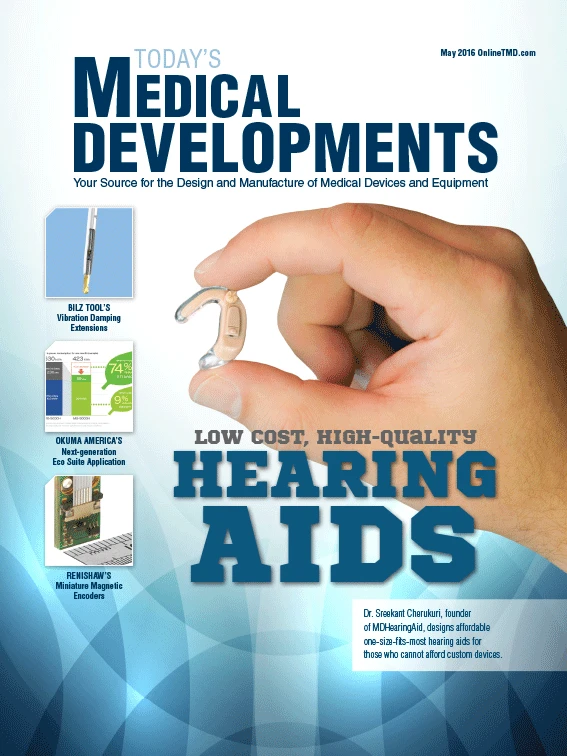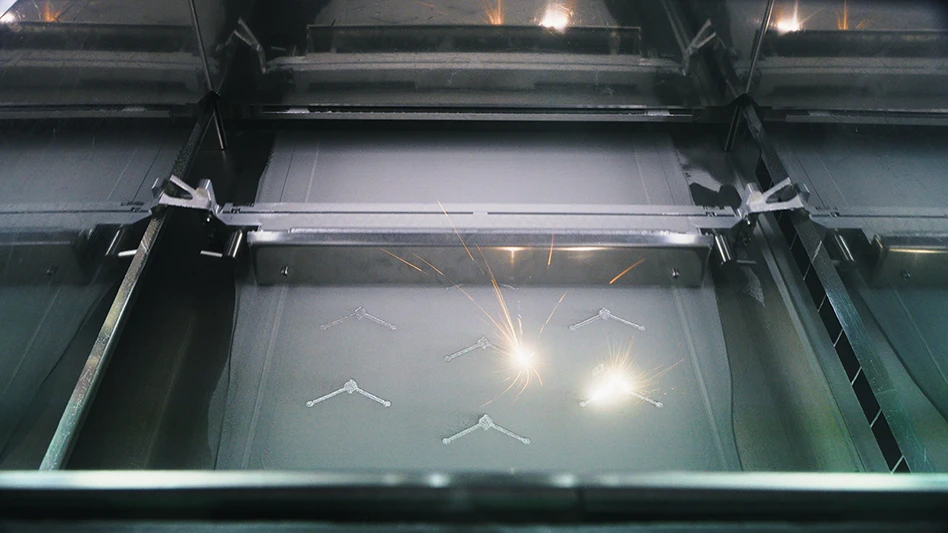
Patient readmission is a large concern for healthcare providers, with recent studies finding almost one in four patients face hospital readmission within 30 days. This statistic has led professionals to explore new ways of improving patient care, and many of these strategies depend on technologies that leverage remote patient monitoring (RPM) – using the Internet of Things (IoT) and cloud computing, so a healthcare team can track a patient’s progress without an office visit.
At the Furtwangen University (HFU) in Germany, students across multiple disciplines are working to integrate this RPM technology into mechanical devices. Their idea is to use the IoT to develop smart wheelchairs and walkers that will transmit patient information to a dashboard, allowing caregivers to monitor health parameters and develop alarms specific to each patient.
A senior assistant in the medical and mechanical engineering department is managing the project with five other faculty experts in electronics, informatics, mechanical engineering, and other specialties. Developed to help residents within the Black Forest of Baden-Württemberg, Germany, where many small villages reside 20km to 30km away from the nearest doctor hospital, the target grew to include monitoring patients inside hospitals, nursing homes, and other areas.
The IoT Wheelchair and the IoT Walker use a Raspberry Pi computer to connect to the cloud and to PTC’s ThingWorx, an application development platform for the IoT. This technology will track pulse rate and oxygen saturation, blood pressure, state control (motion & position), body temperature, and GPS position.
The parameters would then be individualized in ThingWorx per patient by the RFID sensor. For example, if a patient has a heart issue, the pulse rate may need to stay under a certain threshold compared to a patient without that issue, so the pulse rate alarm to the doctor may be set lower. Another example is a patient who recently had bariatric surgery that requires walking every few hours using an IoT Walker to prevent blood clots. The state control sensor would alert the doctor if the patient hasn’t moved the IoT Walker in the allotted time or send a friendly reminder to the patient. This same state control sensor may also be useful for monitoring patients that are home alone, where one out of three older adults (ages 65 or older) fall each year, the leading cause of both fatal and nonfatal injuries.
As the project has grown, students and faculty have seen the benefit of these devices not only for remote monitoring in patients but also for use within hospitals or nursing homes. Estimates are that up to 31% of nursing home residents and bewtween 25% and 70% of community-dwelling older adults with dementia wander at least once. For patients who use an IoT Walker or IoT Wheelchair, the GPS position control sensor could help ensure those patients are still within the grounds. If they have wandered outside of the facility sensors, an alarm would notify patient managers, and the patient could be tracked using the ThingWorx dashboard GPS positioning system.
HFU became part of the PTC IoT academic program in the summer of 2015 and has been able to use the free version of PTC’s ThingWorx as they have in developing this project.
ThingWorx has made developing mash-ups from the sensor data easy, especially because some students know software but not electronics and vice-versa. ThingWorx allows them to use both, with little to no coding learning curve, and easily connect to the cloud and the microprocessors. ThingWorx software platform is designed to build and run the applications of the connected world by providing a complete application design, runtime, and intelligence environment for the IoT.
PTC
About the author: Achim Bumueller is senior assistant in the mechanical and medical engineering department at Furtwangen University – en.hs-furtwangen.de.

Explore the May 2016 Issue
Check out more from this issue and find your next story to read.
Latest from Today's Medical Developments
- HERMES AWARD 2025 – Jury nominates three tech innovations
- Vision Engineering’s EVO Cam HALO
- How to Reduce First Article Inspection Creation Time by 70% to 90% with DISCUS Software
- FANUC America launches new robot tutorial website for all
- Murata Machinery USA’s MT1065EX twin-spindle, CNC turning center
- #40 - Lunch & Learn with Fagor Automation
- Kistler offers service for piezoelectric force sensors and measuring chains
- Creaform’s Pro version of Scan-to-CAD Application Module





